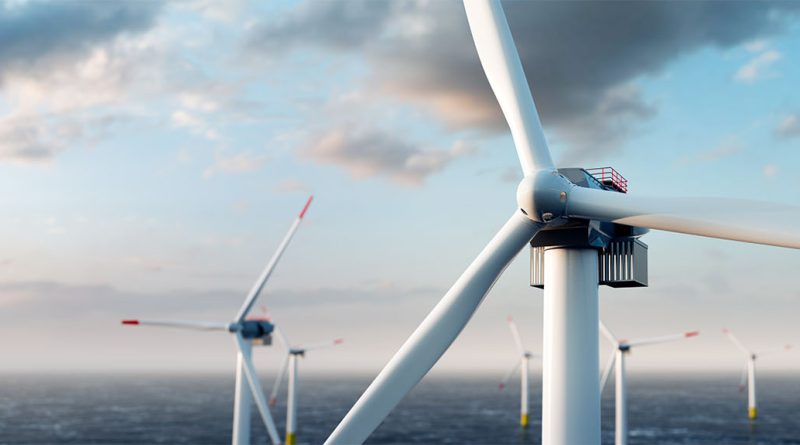Equinor’s Empire Wind Project in New York Suspended Amid Federal Review
Subscribe to our free newsletter today to keep up to date with the latest construction news.
In a significant development for the US renewable energy sector, the Trump administration has ordered a halt to construction activities on the Empire Wind offshore wind project near New York. The project, led by Norwegian energy giant Equinor, has been paused pending a comprehensive environmental review mandated by the Bureau of Ocean Energy Management (BOEM). The Empire Wind farm, situated approximately 15 miles off the southern coast of Long Island, was poised to become one of the largest offshore wind installations in the United States, contributing significantly to New York’s aggressive climate goals.
Federal authorities cited concerns regarding potential impacts on marine ecosystems, migratory patterns, and the fishing industry. While proponents of offshore wind argue that the sector is essential for reducing carbon emissions and creating jobs, critics have increasingly voiced worries about insufficient environmental assessments and hasty project approvals.
Empire Wind project’s significance
The Empire Wind project was designed to deliver up to two gigawatts of electricity, enough to power more than one million New York homes. As part of New York’s broader strategy to derive 70 percent of its electricity from renewable sources by 2030, the project’s success was seen as a linchpin in achieving state-mandated clean energy milestones.
Equinor, which secured federal leasing rights for the offshore site in 2017, has invested heavily in planning, permitting, and initial construction activities. The company emphasized the project’s potential to generate economic benefits including job creation, port revitalization, and local supply chain development. In addition to meeting energy targets, the Empire Wind project was intended to support New York’s commitment to reaching net-zero emissions by 2050.
Environmental and regulatory concerns
The BOEM cited incomplete environmental impact analyses and pending consultations with stakeholders as principal reasons for the construction halt. Among the specific concerns raised were risks to marine mammals, particularly the endangered North Atlantic right whale, and potential disruptions to commercial fisheries operating in the project area.
Legal experts suggest that the federal decision reflects growing judicial scrutiny over major infrastructure projects that fail to meet the rigorous standards set under the National Environmental Policy Act (NEPA). The need for more robust risk assessments has gained traction among environmental advocates who argue that renewable energy development must proceed responsibly and transparently to ensure long-term sustainability.
Equinor has stated its commitment to working collaboratively with regulators to address these concerns, emphasizing that “responsible development” remains a core principle of its offshore wind strategy.
Industry and political reactions
The suspension has triggered a wave of reactions across the energy sector and among policymakers. New York Governor Kathy Hochul expressed disappointment, noting that the state’s clean energy objectives could face significant headwinds if regulatory processes are not streamlined.
Meanwhile, offshore wind industry groups warned that delays in high-profile projects could erode investor confidence in a sector already grappling with rising costs, supply chain bottlenecks, and inflationary pressures. Analysts at BloombergNEF recently revised their US offshore wind installation forecasts downward, citing increased project risk and regulatory uncertainty.
Some stakeholders argue that the halt underscores the need for clearer federal guidelines and a more coordinated approach to balancing environmental protection with renewable energy expansion.
The halt of Empire Wind raises broader questions about the trajectory of US offshore wind ambitions. Several other projects, including ventures off the coasts of Massachusetts, New Jersey, and Virginia, may face heightened scrutiny under a regulatory framework increasingly attentive to environmental justice and biodiversity concerns.
Energy policy experts suggest that while the offshore wind sector remains a cornerstone of America’s energy transition, its path forward will require greater alignment between federal, state, and local authorities. Ensuring that projects can navigate complex permitting processes without sacrificing environmental standards will be critical to maintaining both political and public support.
For Equinor and the broader industry, the Empire Wind pause offers an opportunity to refine practices, enhance community engagement, and reinforce the credibility of offshore wind as a responsible energy solution. Whether these adjustments will be enough to keep the sector’s growth trajectory intact remains to be seen.
Sources:
